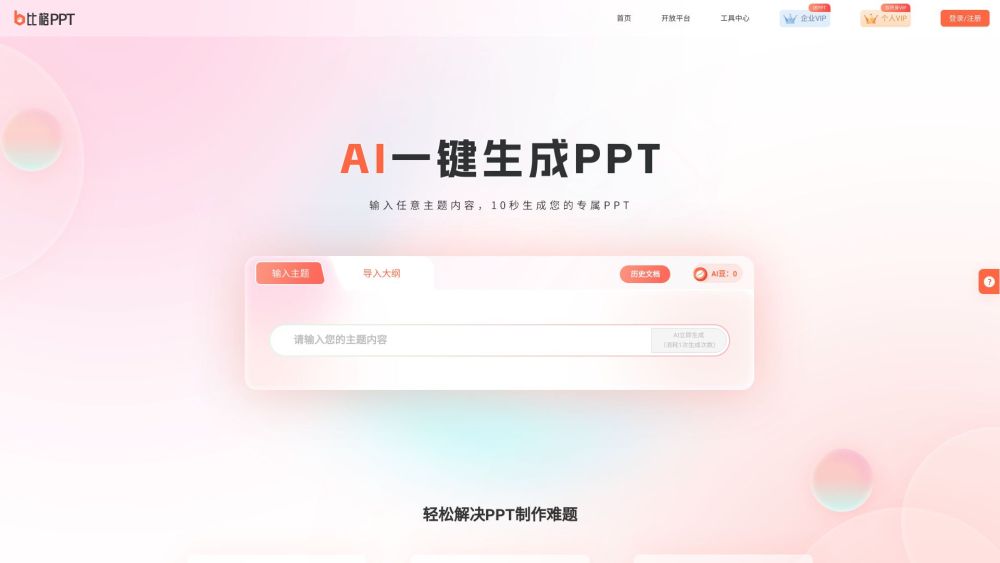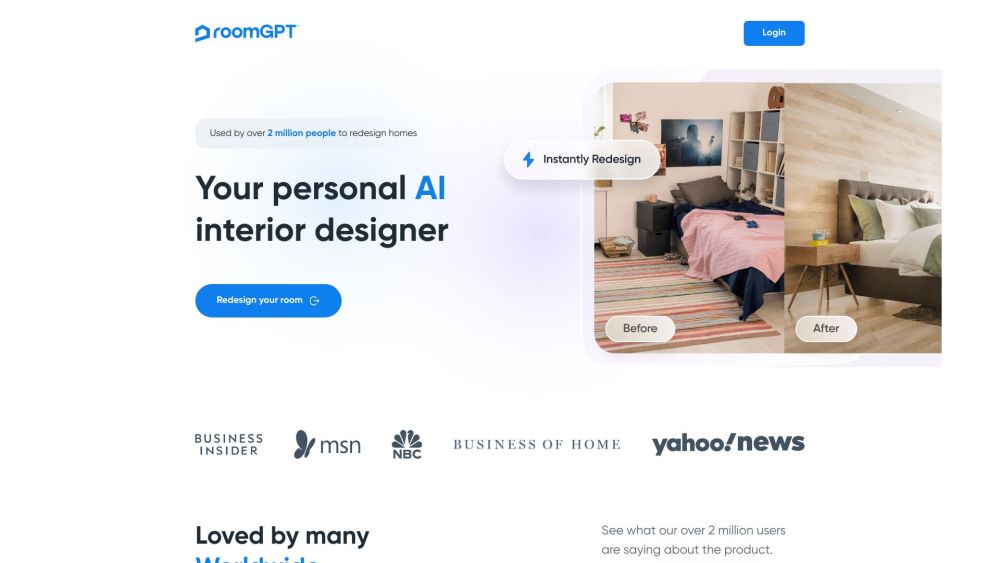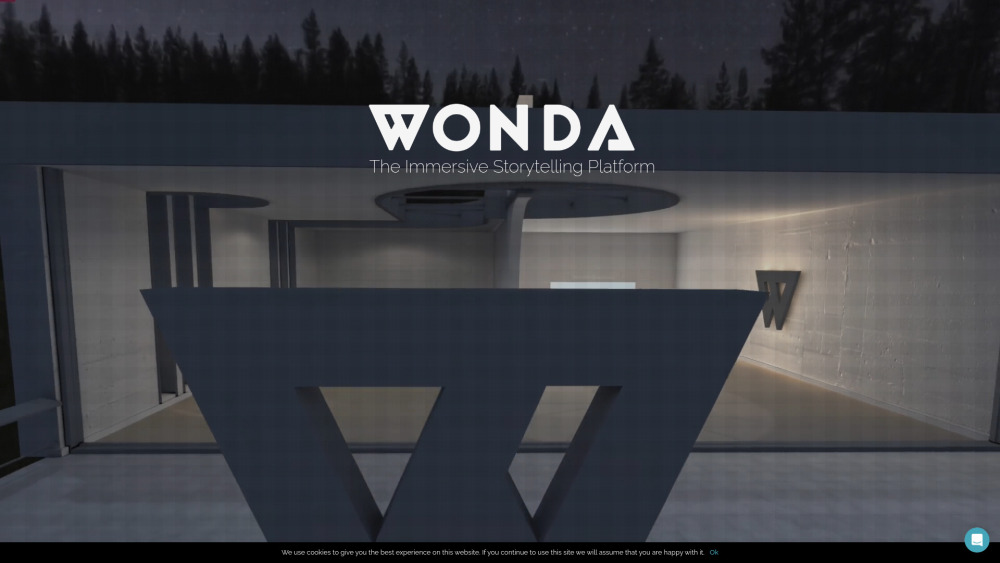DALL-E's AI Art Generation Now Accessible for Apps: Explore the Creative Possibilities!
Most people like

Boost your problem-solving skills with our innovative browser extension that provides instant feedback. Experience a seamless way to enhance your decision-making process and overcome challenges efficiently.

Are you tired of spending hours on PowerPoint presentations? Discover the game-changing AI-powered PPT creation tool that simplifies your presentation process. This innovative technology harnesses artificial intelligence to help you craft engaging slides quickly and effortlessly, allowing you to focus on delivering your message. Elevate your presentations and save valuable time with this intuitive solution designed for all professionals seeking to enhance their communication skills.
Find AI tools in YBX
Related Articles
Refresh Articles


